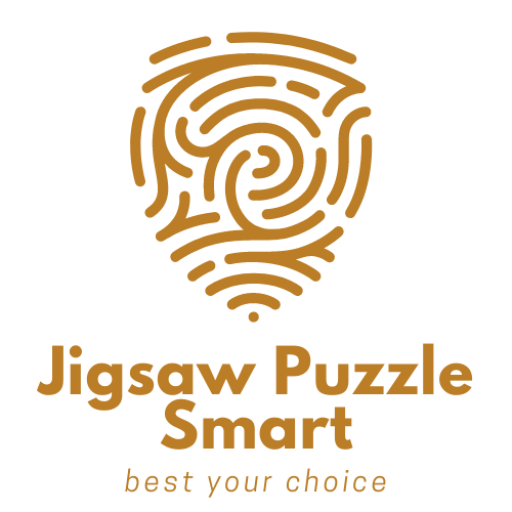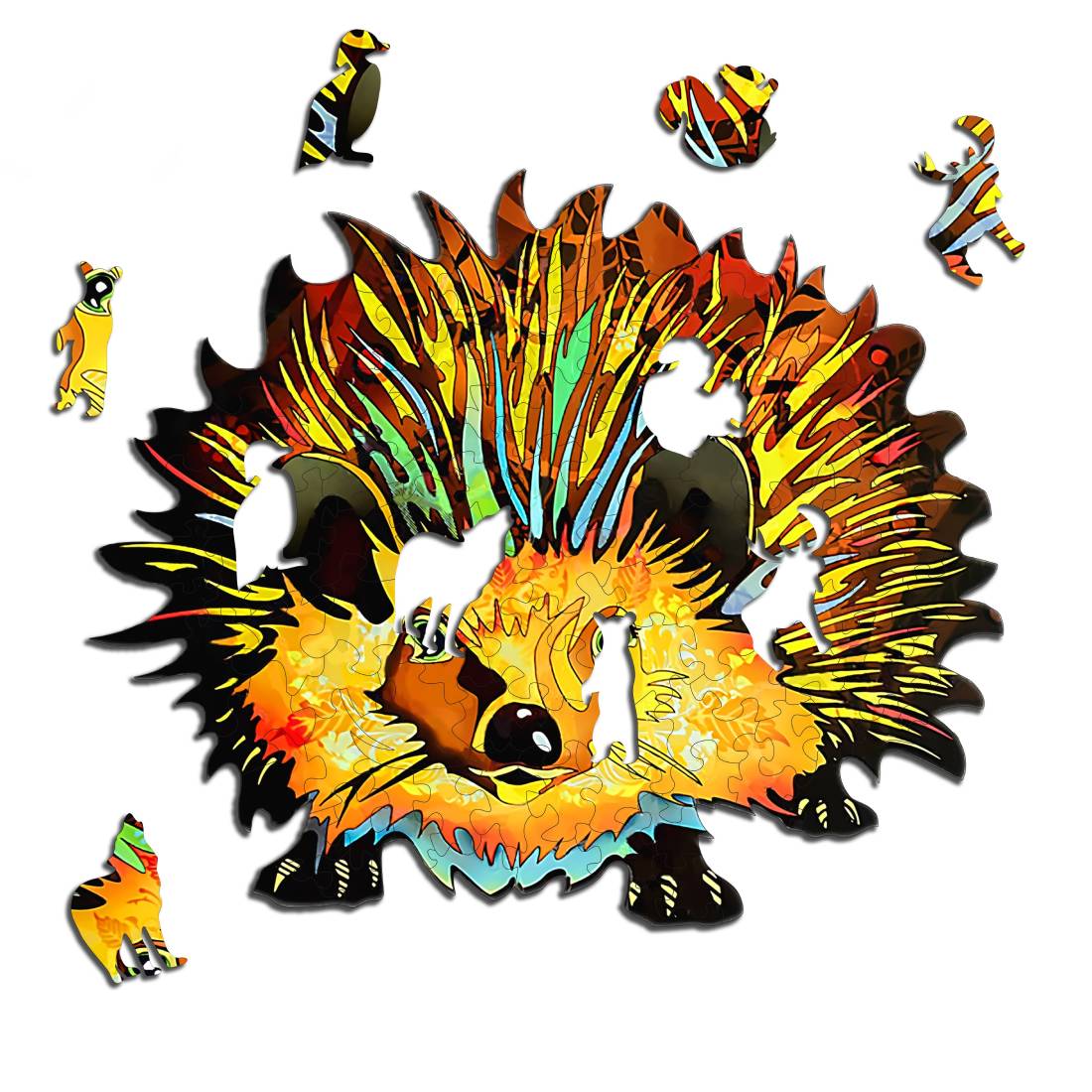Uncategorized
Variations
Jigsaw puzzles come in a variety of sizes. Among those marketed to adults, 300-, 500- and 750-piece puzzles are considered “smaller”. More sophisticated, but still common, puzzles come in sizes of 1,000, 1,500, 2,000, 3,000, 4,000, 5,000, 6,000, 7,500, 8,000, 9,000, 13,200, 18,000, 24,000, 32,000 and 40,000 pieces.
Jigsaw puzzles geared towards children typically have many fewer pieces, and are typically much larger. For very young children, puzzles with as few as 4 to 9 large pieces (so as not to be a choking hazard) are common. They are usually made of wood or plastic, for durability, and can be cleaned without damage.
The most common layout for a thousand-piece puzzle is 38 pieces by 27 pieces, for an actual total of 1,026 pieces. Most 500-piece puzzles are 27 pieces by 19 pieces. A few puzzles are double-sided so they can be solved from either side—adding complexity, as the enthusiast must determine if they are looking at the correct side of each piece.
“Family puzzles” of 100–550 pieces use an assortment of small, medium and large pieces, with each size going in one direction or towards the middle of the puzzle. This allows a family of different skill levels and hand sizes to work on the puzzle together.
There are also three-dimensional jigsaw puzzles. Many are made of wood or styrofoam and require the puzzle to be solved in a certain order, as some pieces will not fit if others are already in place. One type of 3-D jigsaw puzzle is a puzzle globe, often made of plastic. Like 2-D puzzles, the assembled pieces form a single layer, but the final form is three-dimensional. Most globe puzzles have designs representing spherical shapes such as the Earth, the Moon, and historical globes of the Earth.
Also common are puzzle boxes, simple three-dimensional puzzles with a small drawer or box in the center for storage.

